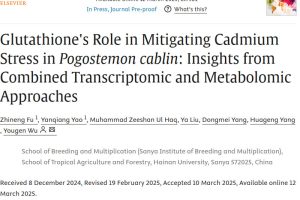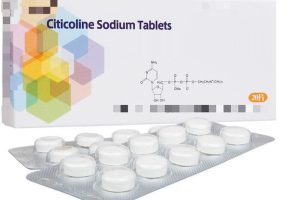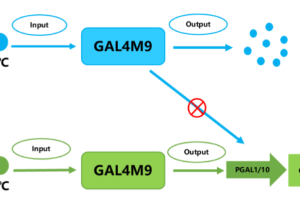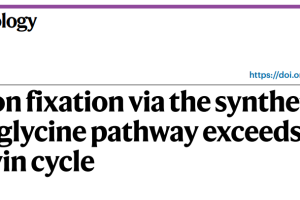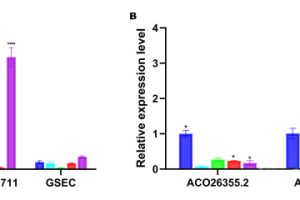Recently, a “ATP” is popular on the Internet, and many friends who do not like to watch short videos have heard it intentionally or unintentionally.
ATP in this song refers to a drinking game, but when GSHWORLD sees ATP, it instinctively thinks of an important substance – adenosine triphosphate (ATP), how important it is to us?
It is no exaggeration to say that adenosine triphosphate (ATP) provides energy for all life activities.
So what’s the link between adenosine triphosphate (ATP) and the fatigued, low-energy state of fibromyalgia?
Could ATP be an important factor in addressing fatigue symptoms in patients?
The “Antidote” to fatigue symptoms of ATP fibromyalgia
One of the things fibromyalgia (FM) and Chronic fatigue syndrome (ME/CFS) have in common is low energy and a severe lack of energy.
This is different from the fatigue or lack of motivation that comes with depression, where we may want to do something badly but are physically unable to do it.
This feeling is not tired and need to sleep, but more like a feeling of exhaustion, the body can not use, like feeling heavy limbs after anesthesia can not lift, many fibromyalgia patients should feel.
Although such fatigue is also a prominent symptom of fibromyalgia, it does not attract as much attention as pain.
This persistent, multifaceted condition limits the ability of people with fibromyalgia to work and have a social life.
So what causes this feeling of fatigue? What’s the solution?
On a biological level, fatigue is basically an imbalance between energy supply and energy demand.
When our cells don’t get the energy supply they need, or the demand for them is too high, or both, we suffer from chronically low energy levels, which creates insufficient energy, which leads to fatigue symptoms.
Studies have shown that such an imbalance is partly caused by low levels of adenosine triphosphate (ATP).
What is adenosine triphosphate (ATP)?
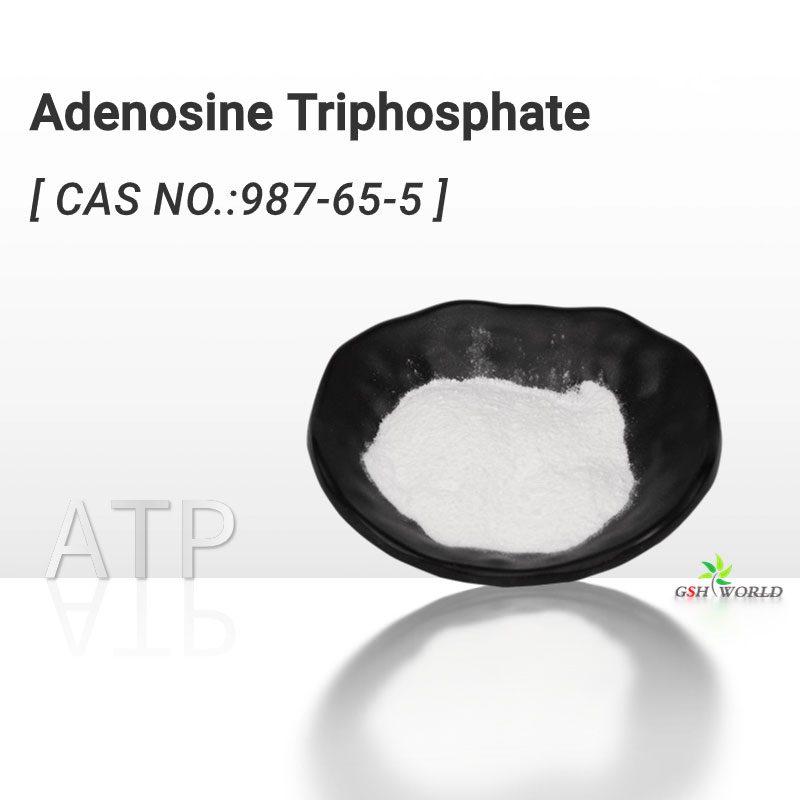
ATP is a nucleotide that acts as a “molecular currency” for energy transfer within cells, and its main function is to store and transfer energy.
Often called the “energy currency of life” by biologists, the energy in food is also converted through ATP, which provides energy for all life activities.
ATP is produced by mitochondria in cells.
ATP deficiency in fibromyalgia patients
ATP deficiency in fibromyalgia patients usually manifests in two ways:
Situation 1: Too little energy supply:
Mitochondria are the “power stations” of human cells.
In almost every cell in our bodies, there are between 500 and 2,000 mitochondria, whose job is to provide the energy our cells need to function, namely ATP.
Mitochondria use the oxygen we breathe and the food we ingest to produce ATP, the fuel that powers all cellular and metabolic processes.
But when the mitochondria of fibromyalgia patients are dysfunctional, they don’t produce enough ATP for the cells to work, meaning that none of the processes in the body work as designed:
Heart cells do not pump blood efficiently, muscle cells do not move the body efficiently, immune cells do not fight infections effectively, gut cells do not digest food efficiently, glandular cells do not optimally produce hormones, and nerve cells do not efficiently power brain function.
So it’s no exaggeration to say that without mitochondria there would be no life.
Basically, a state of low energy fatigue is the result of chronic energy deficiency in cells.
Symptoms of fatigue occur when the mitochondria in the trillions of cells that make up our bodies do not produce enough ATP to efficiently maintain their functions, including muscle cells, endocrine cells, heart cells, liver cells, brain cells, and more.
Situation 2: The energy demand is too high
We know that the processing of any task by the brain takes up cognitive resources and consumes energy.
Energy is stored in the body in the form of ATP, and when energy is consumed, ATP is progressively hydrolyzed, eventually producing a metabolite: adenosine.
Under normal circumstances, the brain works like this: a task comes into the brain, the brain starts processing it, starts using energy and producing adenosine;
After a while, the task is done and cleared from the cognitive resources.
As a result, the brain goes into a temporary state of rest, energy consumption decreases, and adenosine begins to reassemble into ATP, which is consumed.
This is a good, ideal state.
But for people with fibromyalgia, this state is extremely difficult to achieve.
Every day, there are countless messages entering the brain of fibromyalgia patients, unbearable pain, anxiety, countless thoughts and troubles in the heart……
In other words: every day, the brain of a fibromyalgia patient is in a state of high load, in non-stop operation.
This means that the metabolically produced adenosine cannot be smoothly reorganized into ATP, and there is not enough energy to maintain normal activities of the human body, resulting in abnormal fatigue.
How does ATP improve fatigue?
According to the logic of scientific response, for the fatigue and low energy state of fibromyalgia patients, it is an effective strategy to find food-borne ingredients with anti-fatigue activity, or generate more ATP through photobiological regulation and other methods.
1. D-ribose:
D-ribose is a naturally occurring sugar that is an important component in promoting the production of “ATP,” an important source of energy for our bodies and important for maintaining normal ATP levels in the body.
During stressful conditions, D-ribose supplements help speed energy recovery, increase energy reserves, and maintain healthy energy levels in heart and muscle tissue.
Clinical studies in patients with fibromyalgia have shown that D-ribose supplementation can significantly reduce fatigue and improve exercise performance and quality of life.
2. Low energy laser:
Low energy laser therapy is the use of laser beam biological stimulation effect, improve tissue metabolism and cell function, promote tissue regeneration and repair.
In low-energy laser therapy, the laser produces a low-energy laser beam that can penetrate deep into the body’s tissues.
After this light is absorbed in the tissue, it will activate the photosensitive enzyme in the mitochondria, so that the mitochondria produce more adenosine triphosphate (ATP), improve the metabolic capacity of the cell, promote the regeneration and repair of the tissue, and thus improve the fatigue symptoms.
3. Acetyl-l-carnitine (ALC) :
Acetyl-l-carnitine (ALC), which plays a role in fat metabolism by helping to convert fat into energy, is not directly involved in the ATP production process itself, but it can help fight fatigue problems by helping cells transport fatty acids into mitochondria for oxidative phosphorylation, which produces energy.


